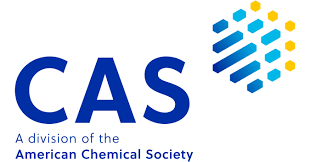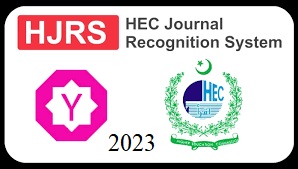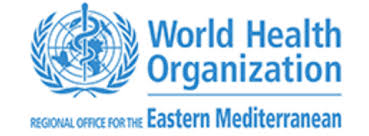Frequency of heart complication in beta thalassemia major children at tertiary care hospital
Keywords:
β-thalassemia, Hemoglobin levels, Cardiac abnormalities, ChildrenAbstract
Objective: to evaluate the prevalence of cardiac problems, including myocardial iron deposition, pericarditis, and valvular abnormalities, among people with β-thalassemia and to shed light on the distribution of β-thalassemia and hemoglobin levels within these populations. Methods: Hemoglobin levels, β-thalassemia status, and cardiac problems were measured in two groups of people: those who attended school and those who did not. The information in the data contained the β-thalassemia status (Yes/No) and hemoglobin levels grouped into specified ranges (e.g., <8.0 g/dl, 8-8.9 g/dl). information was documented for both groups on cardiac problems, such as arrhythmias, cardiomyopathies, pericarditis, myocardial iron deposition, heart failure, and valvular abnormalities. The frequency and percentages of people with β-thalassemia, hemoglobin levels, and cardiac problems within each group were ascertained by analyzing the collected data. Result: The investigation produced some interesting results about hemoglobin levels, cardiac problems, and the prevalence of β-thalassemia in people who attend school and those who do not. Of those attending school, most had hemoglobin levels between 9 and 10.9 g/dl, and β-thalassemia impacted a sizable portion of them. Cardiac problems were common in school-age β-thalassemia patients, especially myocardial iron deposition and pericarditis. Likewise, β-thalassemia was shown to be more prevalent in non-school-going individuals, exhibiting a spectrum of hemoglobin levels and cardiac problems. Conclusion: the significance of early identification, surveillance, and treatment approaches for β-thalassemia-associated consequences, especially heart-related problems including pericarditis and myocardial iron accumulation. Furthermore, the research highlights the necessity of all-encompassing care and customized therapies to enhance outcomes and quality of life for β-thalassemia patients, with a specific emphasis on the avoidance and handling of cardiac issues.
Downloads
Published
How to Cite
Issue
Section
License
Copyright (c) 2024 Ammad Ali, Shoaib, Hanadi Shad, Jehanzeb Khan, Abdur Rehman, Arooj Khan, Shaista Azeem Khan, Shams ul Arifeen

This work is licensed under a Creative Commons Attribution 4.0 International License.









